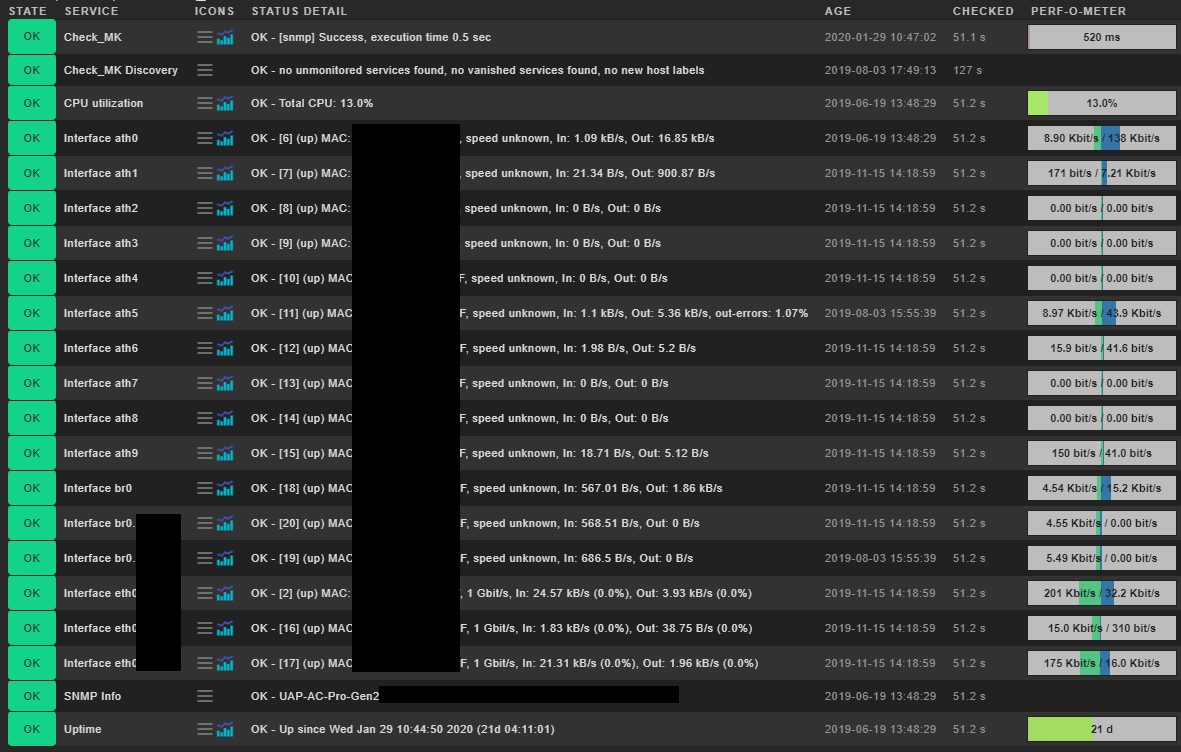
There are special characters in the Windows Profile username. Incompatible or outdated JAVA installation. Lack of free space on the host system drive. What causes the error? After investigating many user reports, we found several possible reasons that can cause UniFi controller won’t start. Up till now, the UniFi controller not starting error has been reported by many Windows 10 users. Some users encountered the issue when trying to upgrade UniFi controller software, while others got the error after launching the software for a few minutes. Lots of people reported that they encountered the UniFi controller startup failed issue. What Causes UniFi Controller Startup Failed Error How to Fix UniFi Controller Startup Failed Error. What Causes UniFi Controller Startup Failed Error. You use this in cases where you have overlap of APs and don’t want clients to connect to weak ones. I don’t use this but means that the APs will only connect when there is enough signal. There’s a hard coded limit of 128 clients per radio but realistically more than 30 is too much. In most home situations you won’t really need this as a single AP can handle more than enough. It is hard to find because it is actually set per SSID, so turn it on in the controller advanced gestures then go to the WiFi section and for each SSID turn it on. Then client then searches for a new access point and reconnects. Basically when you reach a maximum number of clients on an AP, the AP will send a disassociate to the client. Note that this off by default with the AP nanoHD. This prevents cases where a very slow distant client can chew up all the bandwidth as essentially all clients data throughput drops to the slowest client. In most cases, folks would want this one. So in this case a slow client gets the same time but less data. With airtime fairness on, every client gets an equal time slice. So a really slow client that is 9x slower than a fast cooker would use 90% of the airtime. But what it means is that by default, every client gets the same data slice. This is hard to understand given the name. 
If however you have lots of interference you also just choose prefer 5G and it will push everyone up there This means balance 2GHz and 5Ghz clients so they get the same bandwidth. So you have to go to each AP, (or creat an AP group that sets for many APs) and choose Balanced. If the 2.4GHz signal is stronger then they will connect even though it may have more interference.

You turn these on by going to the Unifi Controller Settings at the lower left and enabling Advanced Settings which include airtime fairness, bandsteering, minimum RSSI, and load balancing. So if you lose access (it’s been reported for Lenovo Windows machines for instance) then you need to turn them off. Certain clients won’t be able to handle these.






 0 kommentar(er)
0 kommentar(er)
